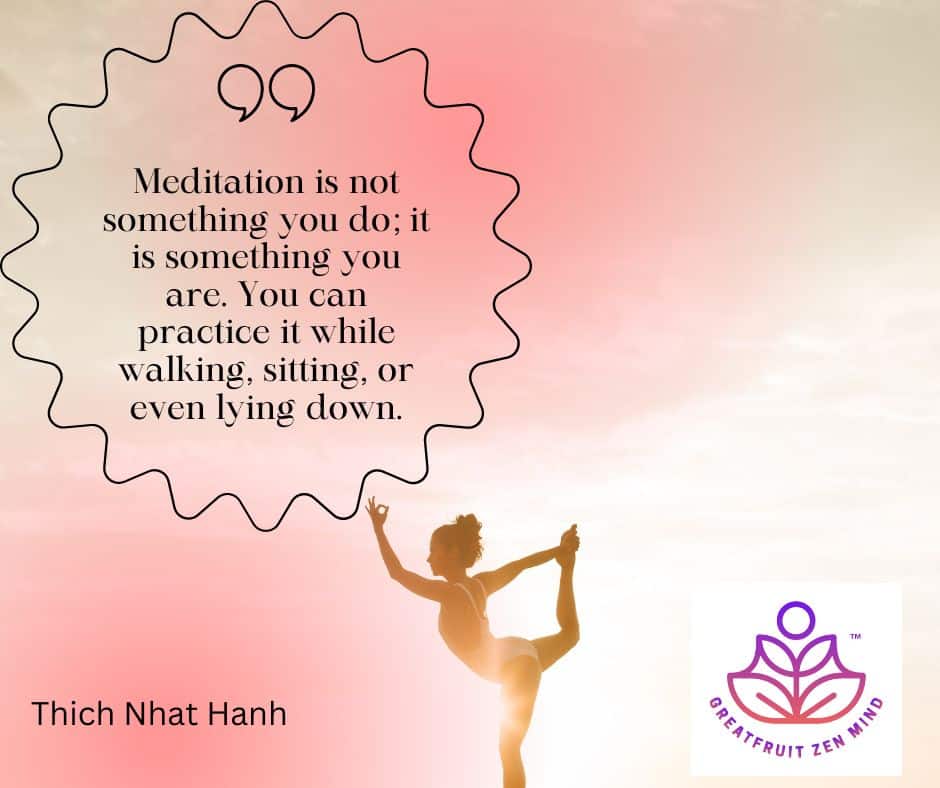Read time 3 minutes. This active meditation practice is a stand alone article in our series regarding mindfulness and meditation.
In earlier lessons I spoke at length about the practice of letting go. Today we merge that theme with our discussion of active meditation. The practice I’ll outline is simple: it can be done in leisure time, where the stakes are low, yet the lessons are profound.
The brain can be a funny thing. The brain doesn’t always differentiate between reality and imagination. For example, this article in Neuroscience News suggests that the more vividly we picture something, the more likely the brain is to treat it as real. So when we imagine disaster, our body often reacts as if it has already happened. This is why the practice of easing the imaginative–emotive feedback loop is so powerful.
Getting lost in fiction
A good story can pull us in completely. Suspense makes our hearts race. Bad writing makes us angry. A close game can feel unbearable. I remember times when my team’s loss ruined my mood for hours, even though I hadn’t lost anything myself. The brain reacts as though it were all real.
And yet, in these situations, there is absolutely nothing we can do to change the outcome. This is what makes them ideal for practice.
Active meditation practice of observing and allowing
Zen often emphasizes the stance of the neutral observer. Entertainment forces us into that position. We cannot intervene, but emotions still surge. Can we learn to observe those emotions as they rise? Can we allow them, without resistance, as the story unfolds?
Avoidance is tempting. Some people can’t watch the final minutes of a close game, or they cover their eyes during a horror scene. But looking away only numbs the feeling; it doesn’t teach us anything. Neutral observation, by contrast, allows the discomfort and reveals its impermanence. Over time, this practice transforms us in ways avoidance never will.
Training for real life
This practice is much like sitting with an itch. We’re not trying to convince ourselves that we don’t care, nor are we muscling through discomfort. Instead, we’re learning to discover that part of ourselves that is already okay. We become familiar with the mind’s tendencies before they consume us. With repetition, observation becomes instinctual, our first response rather than our last.
It’s worth trying this for yourself. See if you can remain present while watching a show or a game. Ask: if I can’t sit with my emotions during this, how will I face them when life comes at me directly?
Stories reveal how insatiable the mind is. One story is never enough; we create stories about our stories as they unfold. That, too, is worth observing.
And sometimes, the simplest break helps. Look away from the screen, even briefly. Notice the shift. Neutral observation isn’t about rejecting entertainment but weaving practice into it. In doing so, we may find a new way not only of enjoying stories, but of enjoying life.
–
Thanks for visiting Greatfruit Zen Mind.
We want to hear from you.
Join The Undercurrent
Let us know what you think and what you would like more of.
🌀 From the GZM Archives – Polished, Preserved, Still Relevant.


Leave a Reply